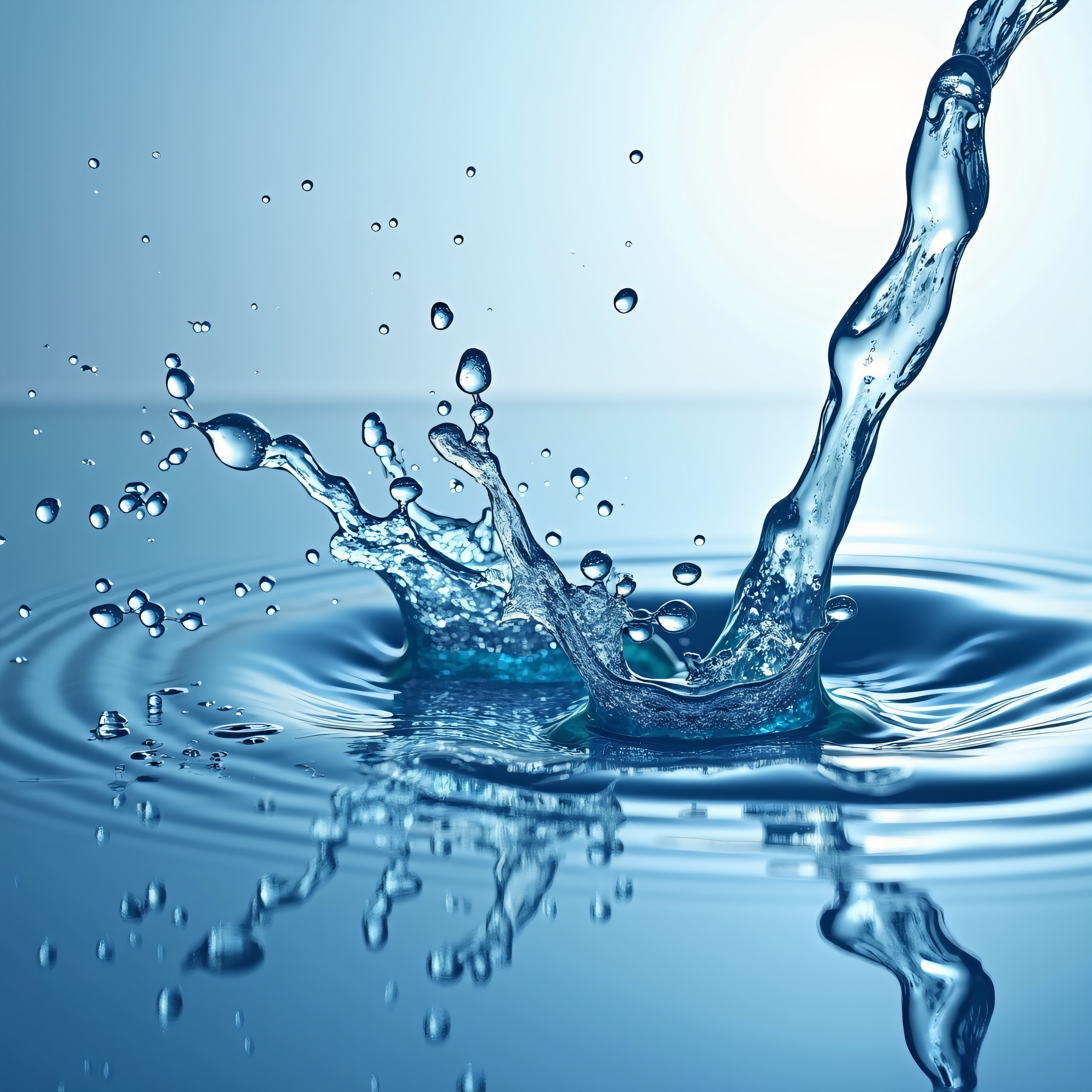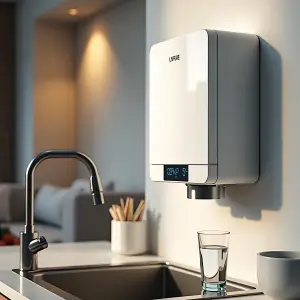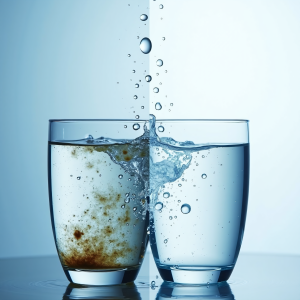Table of Contents
Hide
The Unseen Impact: Why Water Quality is Crucial for Your Health
Every year, millions suffer from waterborne illnesses, a stark reminder of the unseen impact of water quality on our health. Maintaining high-quality water is not merely a convenience; it’s fundamental to our overall well-being. This blog post explores the critical link between water quality and health, examining the surprising benefits of clean drinking water, the hidden dangers lurking in our taps, effective purification methods, and the importance of understanding safe drinking water standards. We’ll delve into the specific contaminants threatening our water supply, the diseases they cause, and how you can take control of your water quality to protect your health. Understanding the importance of safe drinking water is the first step towards a healthier future.Understanding the Foundation: The Benefits of Clean Drinking Water
The benefits of clean drinking water extend far beyond simple hydration. Water is essential for countless physiological functions. It regulates body temperature, aids in nutrient absorption, and helps flush out waste products, contributing to overall physical well-being. Adequate hydration is also crucial for cognitive function; studies show a link between proper hydration and improved concentration, mood, and even memory. Furthermore, water is vital for maintaining healthy, radiant skin. Dehydration can lead to dryness, dullness, and increased susceptibility to wrinkles. Finally, adequate water intake supports digestive health, preventing constipation and promoting regular bowel movements. These benefits of clean drinking water are undeniable, highlighting the importance of consistent access to high-quality hydration. Source: MayoclinicThe Hidden Threat: Dangers of Tap Water & Common Contaminants
While municipal water treatment strives to remove impurities, many potential contaminants remain. Understanding the dangers of tap water is crucial for protecting your health. Most municipal water undergoes a multi-step process: coagulation, sedimentation, filtration, and disinfection (often with chlorine or chloramines) [9]. However, this process isn’t foolproof. Several common contaminants pose significant risks:- Lead: Lead contamination, often from aging pipes, is particularly dangerous for children, causing developmental delays and neurological damage. Exposure can lead to learning disabilities, behavioral problems, and even reduced IQ.
- PFAS (Per- and Polyfluoroalkyl Substances): These “forever chemicals” are persistent pollutants linked to various health problems, including immune system dysfunction, liver cancer, and thyroid disorders. They persist in the environment and accumulate in the body over time.
- Chlorine & Chloramines: While effective disinfectants, high levels of chlorine and chloramines can irritate skin, eyes, and the respiratory system. Furthermore, chlorine can react with organic matter to form disinfection byproducts, some of which are potentially carcinogenic.
- Bacteria & Viruses: Water contamination with bacteria (e.g., E. coli, Salmonella) and viruses (e.g., Norovirus) can cause severe gastrointestinal illnesses, ranging from mild diarrhea to life-threatening infections.
- Microplastics: The presence of microplastics in drinking water is a growing concern, though the long-term health effects are still being investigated. Potential risks include inflammation and hormonal disruption.
- Agricultural Runoff: Runoff from farms introduces pesticides, herbicides, and fertilizers into waterways, potentially contaminating drinking water supplies and posing various health risks.
Understanding the Risks: Waterborne Diseases and Their Impact
Waterborne diseases are illnesses caused by ingesting contaminated water containing various pathogens. These pathogens can include bacteria, viruses, and parasites. Several common waterborne diseases pose significant health risks:- Giardiasis: Caused by the parasite Giardia lamblia, giardiasis presents with diarrhea, stomach cramps, and nausea [20]. Symptoms can persist for weeks, requiring medication for severe cases.
- Cryptosporidiosis: Caused by the parasite Cryptosporidium, this illness causes similar symptoms to giardiasis, often more severe and prolonged. It’s especially dangerous for individuals with weakened immune systems.
- Cholera: A severe bacterial infection caused by Vibrio cholerae, cholera leads to severe diarrhea and dehydration, potentially fatal if left untreated. It’s a significant global health concern, particularly in areas with poor sanitation.
- Typhoid Fever: Caused by Salmonella Typhi, typhoid fever presents with high fever, headache, and abdominal pain.
Taking Control: Why is Water Purification Important?
Even with municipal treatment, home water purification remains essential for ensuring the highest quality drinking water. Municipal treatment may not remove all contaminants, and the quality of treated water can vary widely based on infrastructure and local conditions. Several water purification systems offer varying levels of protection:- Faucet Filters: Affordable and convenient, but may not remove all contaminants.
- Pitcher Filters: Easy to use, but have limited capacity and require frequent filter changes.
- Under-Sink Filters: Offer greater filtration capacity and improved water flow.
- Whole-House Filters: Treat water entering the entire house, providing a comprehensive solution.
- Reverse Osmosis (RO) Systems: Highly effective at removing a wide range of contaminants but are more expensive and require higher water pressure.
- UV Purifiers: Effectively kill microorganisms but do not remove chemical contaminants.



